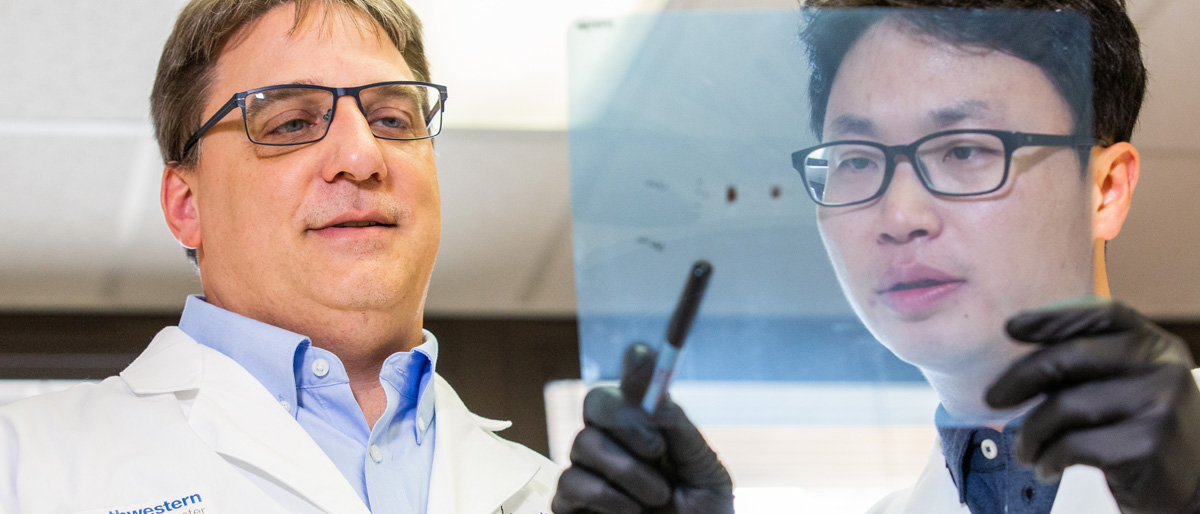Researchers find evidence a cancer drug may be extended to many more patients

A new molecular mechanism discovered by UT Southwestern researchers indicates that drugs currently used to treat less than 10 percent of breast cancer patients could have broader effectiveness in treating all cancers where the drugs are used, including ovarian and prostate cancers. The new study, published in Molecular Cell, also revealed a potential biomarker indicating when these drugs, called PARP inhibitors, can be unleashed in the fight against cancer.
These findings could increase the patient population benefiting from these drugs by two-, three-, or fourfold. Up to 70 percent of breast cancer patients could now be good candidates,
said Dr. W. Lee Kraus, Director of the Cecil H. and Ida Green Center for Reproductive Biology Sciences at UT Southwestern. We have found that PARP inhibitors can act by a mechanism that is different from those previously identified, which rely on BRCA-dependent DNA repair pathways.
This research helps explain why breast cancer patients can be responsive to PARP inhibitors even if they don’t have BRCA gene mutations.
Read the full story in the UT Southwestern Newsroom.
Dr. Kraus holds the Cecil H. and Ida Green Distinguished Chair in Reproductive Biology Sciences.

